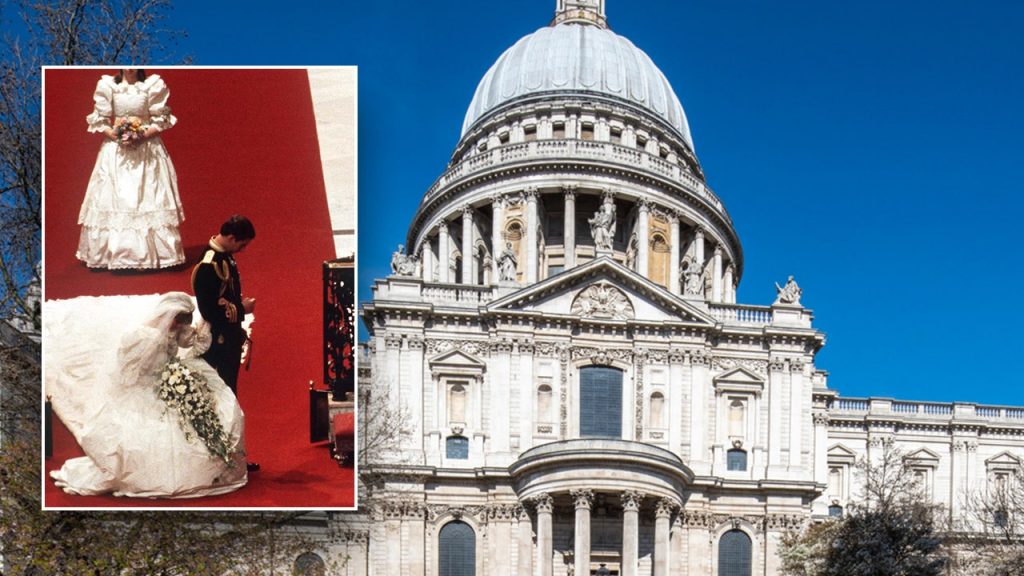St. Paul’s Cathedral in London has a rich history and has been the site of many significant events over the years. Despite being damaged during bomb raids in World War II, the cathedral miraculously stood tall among the destruction. During “The Blitz,” a German bombing campaign on British cities, London was bombed for 57 nights in a row, resulting in over a million buildings being partially damaged or destroyed. St. Paul’s Cathedral was often a target during these bombings, with several bombs hitting in and around the cathedral.
On December 29, 1940, a Daily Mail photographer captured a famous image of St. Paul’s Cathedral standing out among the smoke and destruction, with the shining cross, dome, and towers appearing as a symbol in the inferno. This photo, known as “St. Paul Survives,” has become iconic and symbolizes the cathedral’s resilience during difficult times. Despite sustaining damage from bombs, including a direct hit in April 1941, the cathedral survived and remained a beacon of hope for the people of London.
Despite the challenges it faced during the war, St. Paul’s Cathedral remains a popular and holy place for worship in London. In July 1981, the cathedral was chosen as the venue for the wedding of Prince Charles and Princess Diana, marking the first royal wedding to be held there in 480 years. The decision to hold the wedding at St. Paul’s Cathedral was unique, as most royal weddings traditionally took place at Westminster Abbey. The wedding was attended by 3,500 guests, with an additional 350 million watching from home, making it one of the most-watched royal events of the time.
Today, St. Paul’s Cathedral continues to be an important landmark in London, attracting millions of visitors each year. The cathedral’s famous dome is a defining feature of the city’s skyline, and it remains a popular tourist attraction. In addition to its historical significance and architectural beauty, St. Paul’s Cathedral remains a place of worship and a venue for important events, including royal occasions. The cathedral’s resilience during World War II and its role in hosting the royal wedding of Prince Charles and Princess Diana have cemented its place as a symbol of hope and endurance in London’s history.


